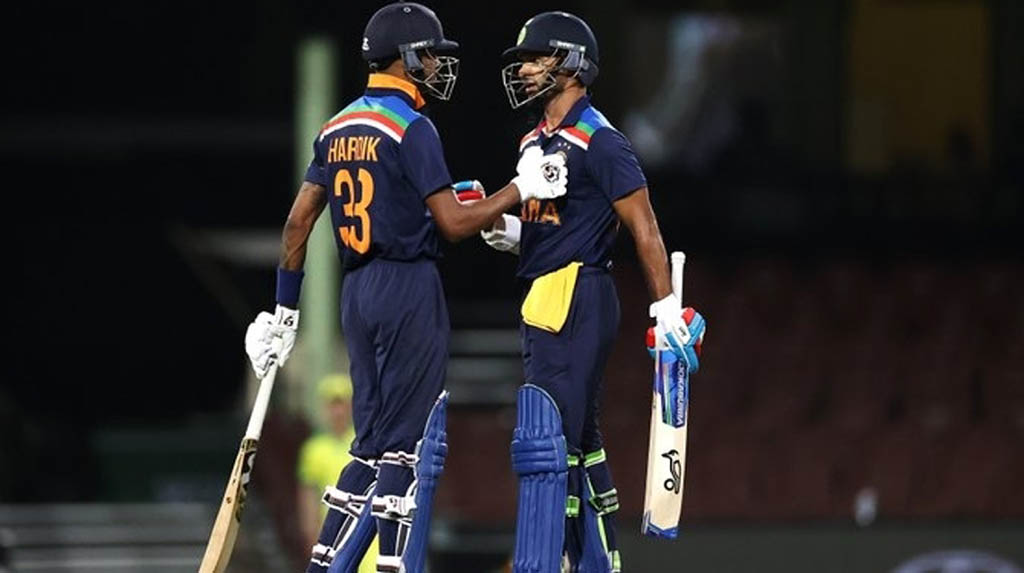New Delhi; Lack of bowling options to back up the regular bowlers and inability to switch to the ODI format quickly enough has already plunged India to a series defeat against Australia with one match still left to be played.
India, trailing 0-2 after conceding record totals to Australia in both the ODIs at the Sydney Cricket Ground, have now lost five ODIs in a row. Prior to this they had lost three in New Zealand in February before Covid-19 pandemic halted international cricket.
The two losses in Sydney have, however, have revealed the massive difference between the Australians and Indians when it comes to adapting to the 50-over format from T20 cricket they have played over the last two months.
Skipper Virat Kohli said after the loss in the first ODI that the players hadn’t got out of the T20 mode yet.
“We have been playing T20 cricket. Probably that’s something that can have an effect. Body language wasn’t great after around 25 overs,” he had said. His obvious reference was to the fielding lapses his teammates made, dropping catches and leaking runs in the first game.
But another example of their inability to adapt came during Sunday’s game when team vice-captain KL Rahul, who made 76, failed to rotate the strike regularly. During his 66-ball stay, the wicketkeeper-batsman played 44 per cent of the deliveries as dots i.e. without scoring even a single run off them.
In the Indian Premier League, the focus had been on hitting fours and sixes, and on that count he excelled on Sunday, hitting 46 off nine deliveries with the help of four 4s and five 6s. But his remaining 30 runs took 57 balls and that was caused mainly because of the 29 dot deliveries he faced.
Though David Warner, who too played the full IPL season for SunRisers Hyderabad, also played out well over 45 per cent of his deliveries as dots but as against Rahul who had come in the middle-overs with a target in sight, the Australian had walked in as an opener and was responsible for providing a platform to other batters.
A better comparison would be with Steve Smith, who too batted in the middle overs for Australia but played only 23 per cent of his deliveries as dots in comparison to Rahul’s 44 per cent. He made a 64-ball 104 in the second ODI which Australia won by 51 runs.
India’s other problem had been their inability to take wickets early on, especially in the power-play as Australians managed to get off to a good start on both occasions.
Jasprit Bumrah, who was phenomenal in IPL 2020, conceded runs at 7.3 and 7.9 in the two matches. He also failed to get early wickets finishing with just one each in the two games.
India’s biggest concern, however, has been the lack of an all-round option that could act as back-up to regular bowlers. The visitors tried a semi-fit Hardik Pandya for four overs on Sunday and he did well but if they have to come back to win in Wednesday’s match, they may have to make him bowl more overs. Since he is not game-ready to bowl, it may be hard and risky for him.
Leg-spinner Yuzvendra Chahal, who was India’s match-winning spinner in ODIs till recently, conceded 160 runs in 20 overs he has bowled, picking just one wicket. They may now have to turn to Kuldeep Yadav, who hasn’t played too many games in recent times.




